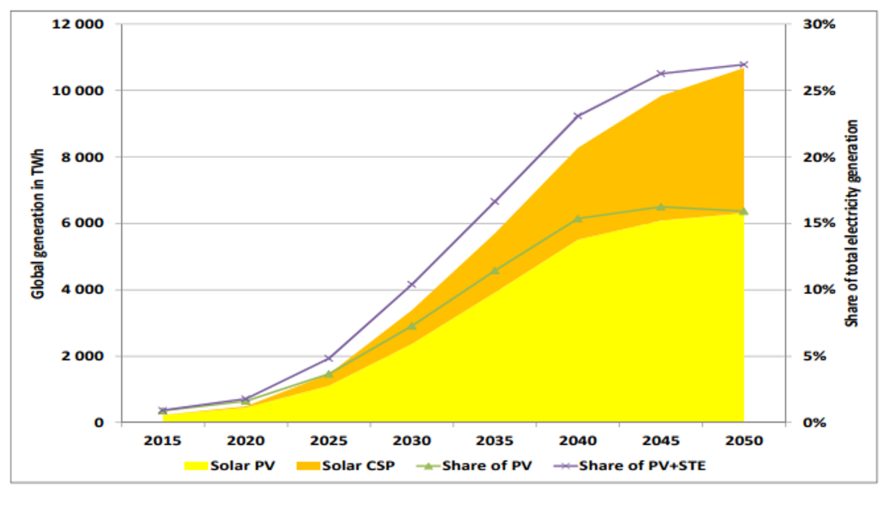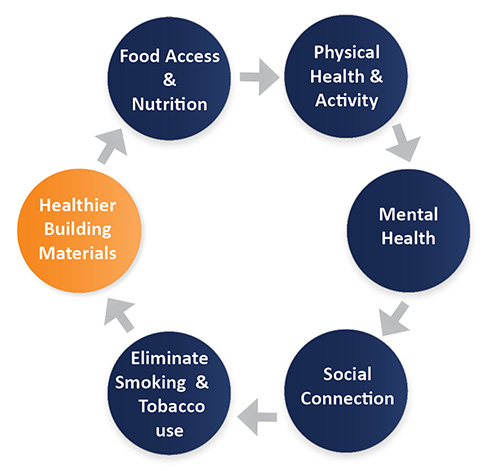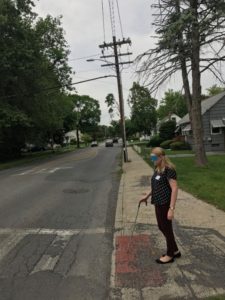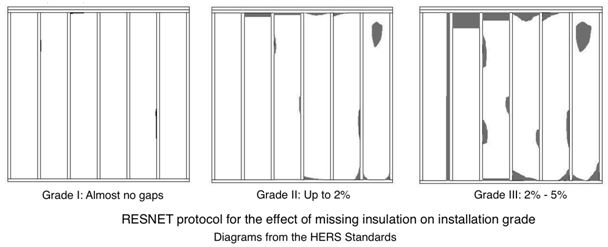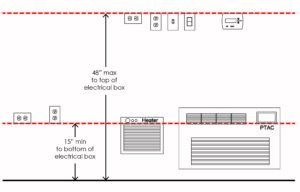- September 13, 2017
- 1 Comments
- In Miscellaneous
- By Steven Winter Associates
Sometimes a significant source of energy inefficiency in a building can be hiding in a place difficult to detect. In some buildings, a single transformer can have a substantial impact on electrical consumption.
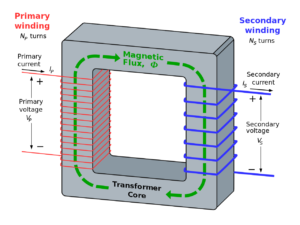
click to enlarge
Some Background
Transformers are responsible for stepping the incoming voltage to a building up or down depending on the design, intended use, or connected equipment. A standard electrical socket in a US home or office will deliver 110-120 volts AC. Some appliances require 240 V instead. Large mechanical equipment, such as the air handling units, distribution pumps and chillers found in commercial or multifamily buildings may require 460 V. In buildings where the incoming voltage from the utility does not match the voltage required by connected equipment, a transformer is used to deliver the necessary voltage. The voltage entering the transformer is called the primary voltage and the voltage delivered by the transformer to the facility’s equipment is called the secondary voltage.

